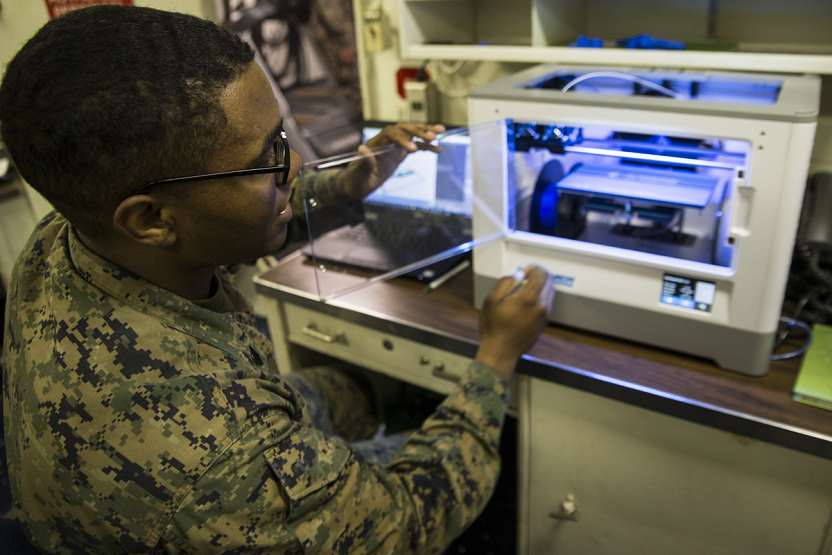This post is also available in:
 עברית (Hebrew)
עברית (Hebrew)
The United States Army needs to increase it use of 3D printing according to the U.S. Secretary of the Army, Ryan McCarthy. McCarthy has mentioned that this is especially true when it comes to replacing parts for larger systems.
Firms and corporations in the defense industry may be unenthusiastic towards the Army adopting 3D printing for small replacement parts, due to the Army constantly returning to such companies to re-purchase parts. However, the Army has to transition towards 3D printing technology in order to increase the Army’s capabilities, save time, and most importantly, reduce costs.
“What really kills us is parts,” McCarthy said. “It’s why weapon systems have challenging operational readiness rates, it’s why weapon systems continue to get heavier over time as you incrementally upgrade the system.”
3D printed parts have been put under consideration for a long time in the military. 3D printed parts tend to be lighter than the traditional alternatives. Lighter parts allow vehicles to travel farther on the same amount of fuel and can create space for more ammunition, according to Defensenews.com. 3D printed parts can often also be more durable than traditional parts.
However, there are still concerns regarding the reliability of 3D printed parts. While the Pentagon lags behind the commercial industry in the field of 3D printing, military leaders have been pushing more and more for 3D printed technologies. “If you have 3D parts in a Boeing 737 flying over my office in the Pentagon, why can’t we put it on an armored vehicle?” McCarthy asked.
As mentioned earlier, the defense industry may push back against 3D printed technology according to McCarthy. Firms in the defense industry rely on constant orders from the military to replace parts, so if the military were to completely transition to 3D printed parts then the firms would lose money, therefore disincentivizing them to support the military with blueprints and models for 3D printed parts.
“The defense industry is paying close attention to it to because parts are like razor blades to a defense company, you’re constantly buying new ones,” McCarthy mentioned. “It’s an incredible business model, they make a lot of money on it. So we’re trying to push them to say help us do this.”


























